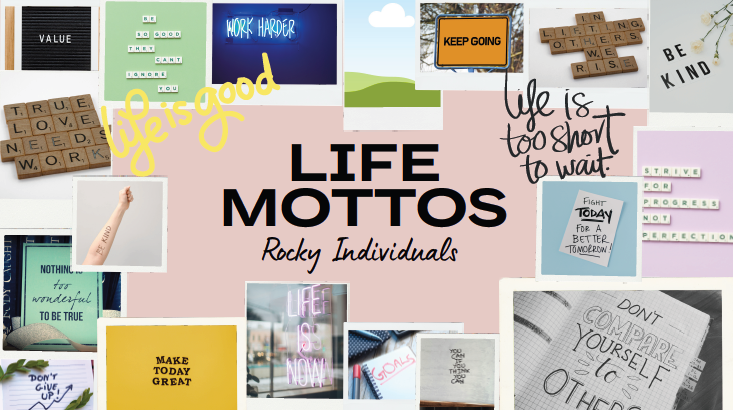Eating is an imperative piece of survival, but over time consuming food has become much more than just a way to keep people alive. In today’s society, there are all types of cuisine and blends of food that provide people with a plethora of different emotions.
Back in humans’ nomadic era, food was bland and used purely as a way to gain energy to keep moving, hunting, and gathering. However, as society transitioned away from nomadic tendencies to stationary living, creating towns and farmland, food started to become more complex and palatable. The first recipes were created for flour, bread, and soup around 10,000 BC. Since then, millions of different recipes containing billions of different ingredients have sprung up.
Now, many turn to food for comfort, joy, and a way to escape daily stressors. For example, when eating chocolate, chemicals like serotonin and tryptophan get released which help the brain relax. Two other chemicals, dopamine and anandamide, are also released, both of which activate the pleasure center in the brain. Even though chocolate is not the healthiest, many turn to it not only because of the taste and availability of it but because of the feel-good chemicals released when consuming it.

Unfortunately, because eating has evolved so much, people do it purely to become happier and reduce stress, which has been coined as “stress eating.” According to the Oxford Dictionary, “stress-eating” is “the action or habit of eating or overeating as a means of relieving stress or anxiety, rather than from hunger.” In most cases, the foods people reach for to alleviate stress are not healthy and instead high in fat, sugar, and salt. According to NBC, some of the top comfort foods include grilled cheese, chocolate, ice cream, pizza, and mac and cheese. Not only are these foods pretty unhealthy to begin with, but people eat a large amount in one sitting because it feels good, multiplying the harm stress eating can bring.
In times of stress and discomfort, there are other, healthier ways to cope, rather than reaching for unhealthy foods. Medical News Today gives many substitutes to incorporate into daily life. If you eat because you are bored, try picking up a new book or a challenging hobby. If it’s because of stress, try some kind of exercise like yoga or a calming walk. If it’s because you are depressed, try engaging with a pet or talking to a friend.

When eating, also be mindful of your fat, sugar, and overall caloric intake, and ultimately try to limit eating because of negative emotions. Stress eating is a temporary fix and won’t help with long term issues, emotions, or stressors.








